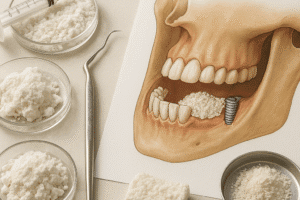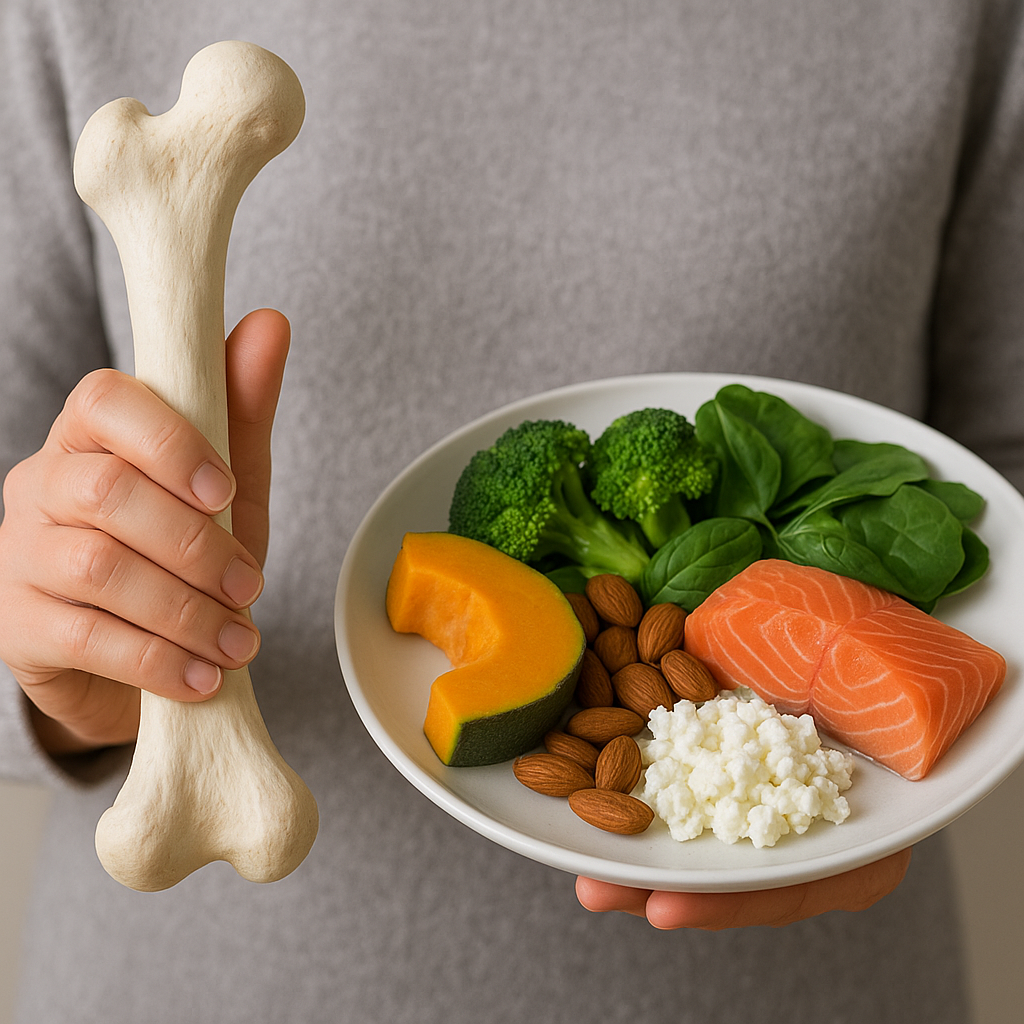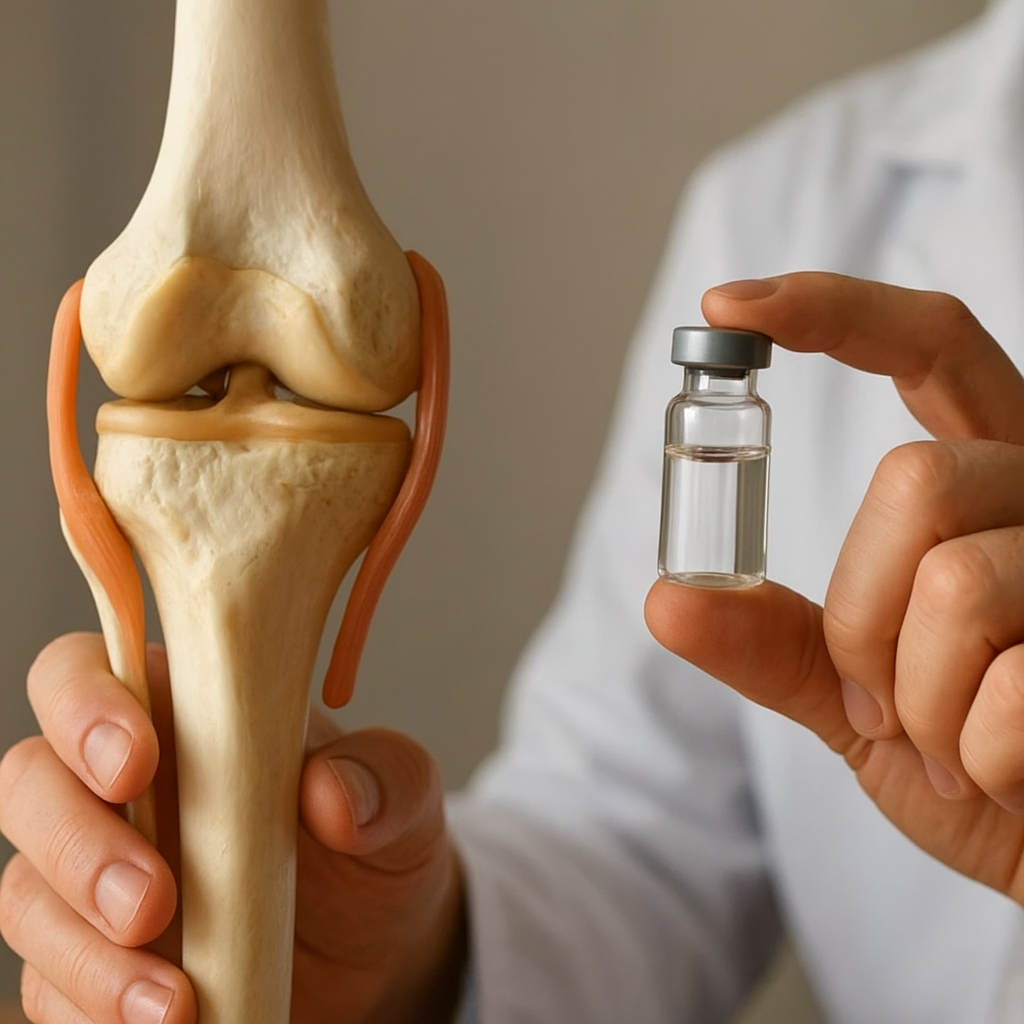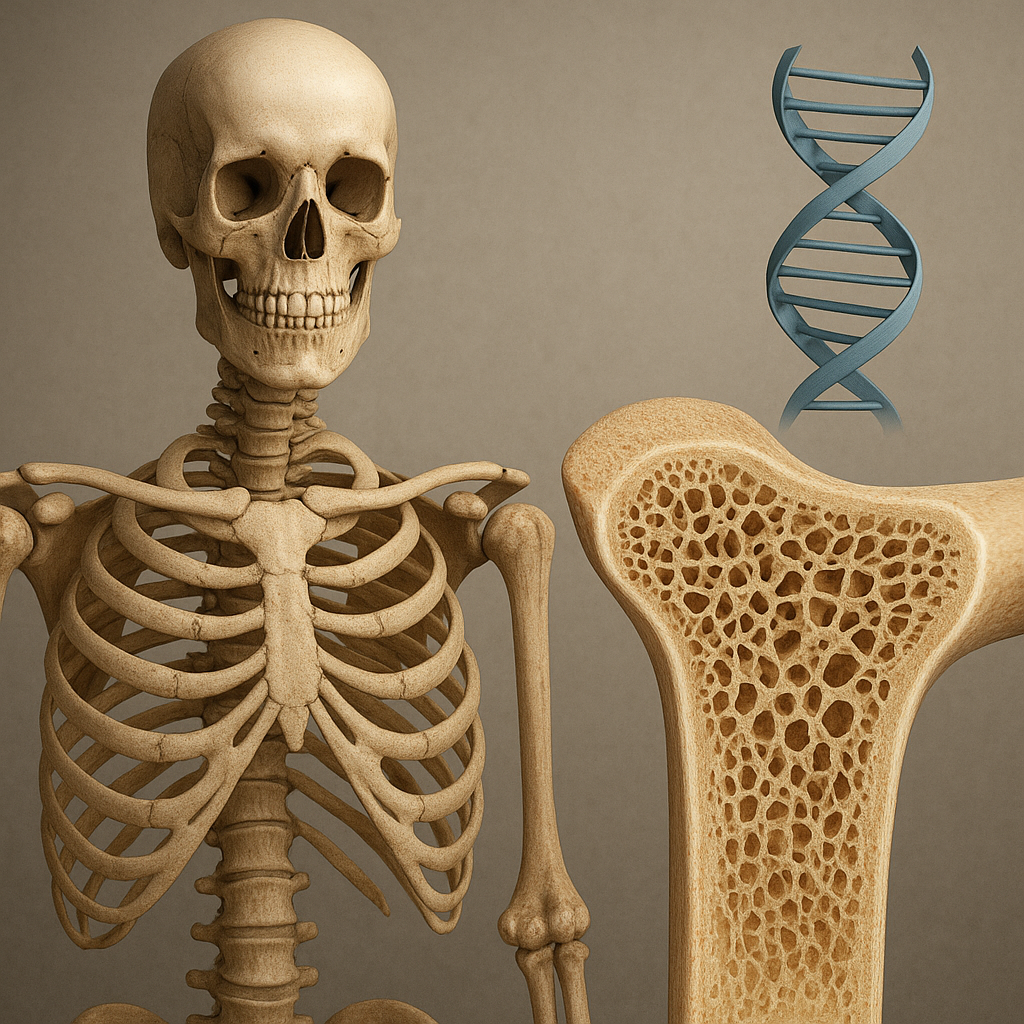The role of bones in movement and flexibility is a fundamental aspect of human anatomy and physiology. Bones serve not only as the structural framework of the body but also play a crucial role in facilitating movement and maintaining flexibility. Understanding how bones contribute to these functions can provide insights into overall health, physical performance, and the prevention of injuries. This article will explore the anatomy of bones, their functions in movement, and the relationship between bones and flexibility.
Anatomy of Bones
Bones are complex structures composed of various types of tissues, including bone tissue, cartilage, and connective tissues. The human skeleton is made up of 206 bones, which can be categorized into two main groups: the axial skeleton and the appendicular skeleton.
Axial Skeleton
The axial skeleton consists of the skull, vertebral column, and rib cage. It serves as the central axis of the body and provides protection for vital organs such as the brain, heart, and lungs. The vertebral column, or spine, is particularly important for movement as it allows for flexibility and supports the body’s weight.
Appendicular Skeleton
The appendicular skeleton includes the bones of the limbs and the girdles that attach them to the axial skeleton. This part of the skeleton is essential for movement, as it enables the arms and legs to perform a wide range of motions. The joints formed between these bones are critical for flexibility and mobility.
Functions of Bones in Movement
Bones play several key roles in facilitating movement. They act as levers, provide attachment points for muscles, and protect the joints. Understanding these functions can help us appreciate the intricate relationship between bones and movement.
Leverage and Movement
Bones function as levers that amplify the force generated by muscles. When a muscle contracts, it pulls on the bone to which it is attached, creating movement at the joint. The arrangement of bones and joints in the body allows for various types of movements, including flexion, extension, rotation, and abduction.
- Flexion: Decreasing the angle between two body parts, such as bending the elbow.
- Extension: Increasing the angle between two body parts, such as straightening the knee.
- Rotation: Moving a body part around its axis, such as turning the head.
- Abduction: Moving a limb away from the midline of the body, such as raising the arm to the side.
Muscle Attachment Points
Muscles are attached to bones via tendons, and the points of attachment are strategically located to optimize movement. The arrangement of muscles and bones allows for efficient movement patterns, enabling activities such as walking, running, and jumping. The strength and health of bones are vital for supporting these muscle attachments and ensuring effective movement.
Protection of Joints
Bones also play a protective role for the joints, which are the areas where two or more bones meet. Joints are crucial for movement, but they are also vulnerable to injury. The structure of bones helps to stabilize joints and protect them from excessive forces that could lead to damage. Additionally, cartilage, which covers the ends of bones at the joints, provides cushioning and reduces friction during movement.
The Relationship Between Bones and Flexibility
Flexibility refers to the range of motion available at a joint or group of joints. It is influenced by several factors, including the structure of the bones, the condition of the surrounding muscles and tendons, and the overall health of the joints. Understanding how bones contribute to flexibility can help in developing effective training and rehabilitation programs.
Bone Structure and Flexibility
The structure of bones can impact flexibility. For instance, the shape and orientation of bones at a joint can determine the range of motion. Some joints, like the ball-and-socket joints of the hips and shoulders, allow for a greater range of motion compared to hinge joints like the knees and elbows. This anatomical variation is essential for different types of movements and activities.
Muscle and Tendon Influence
While bones provide the framework for movement, muscles and tendons play a significant role in flexibility. Muscles that are tight or imbalanced can restrict movement at the joints, leading to decreased flexibility. Regular stretching and strengthening exercises can help maintain the health of muscles and tendons, promoting better flexibility and overall movement efficiency.
Joint Health and Flexibility
The health of the joints is crucial for maintaining flexibility. Conditions such as arthritis can lead to joint stiffness and pain, significantly impacting a person’s ability to move freely. Maintaining a healthy weight, engaging in regular physical activity, and incorporating flexibility training can help preserve joint health and enhance flexibility.
Conclusion
The role of bones in movement and flexibility is multifaceted and essential for overall physical health. Bones provide the structural support necessary for movement, act as levers for muscle action, and protect the joints that facilitate a wide range of motions. Additionally, the relationship between bones, muscles, tendons, and joints is critical for maintaining flexibility. Understanding these dynamics can lead to better training practices, injury prevention strategies, and overall improved physical performance.
As we continue to explore the complexities of human anatomy, it becomes increasingly clear that the health of our bones is paramount. By prioritizing bone health through proper nutrition, exercise, and lifestyle choices, we can enhance our movement capabilities and maintain flexibility throughout our lives.













